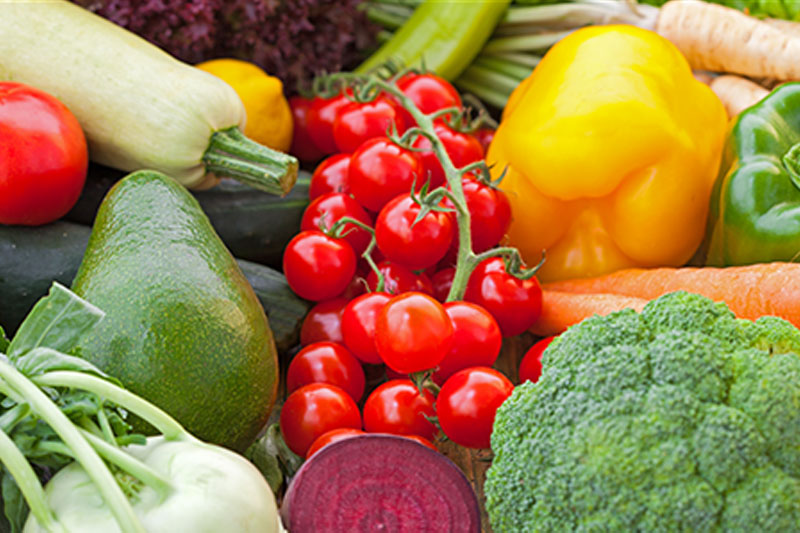Best Vegetables to Grow in Pacific Northwest. I can’t think of anything finer than requiring an ingredient for a meal while cooking and being able to step outside and pluck it fresh from the vine or stalk. It may appear overwhelming, but cultivating fresh vegetables in your yard isn’t all that difficult. In fact, if you play your cards correctly, you can have fresh vegetables growing all year. Because of the relatively moderate winters and very brief summers we have here in the Northwest, many veggies that would die in other climates’ harsh heat or cold can survive here.
Best Vegetables to Grow in Pacific Northwest

1. Gardening Tips
Growing veggies is an educational experience. Every year, I alter and adapt my own garden based on what worked—and didn’t work—the previous year. The first step is to determine where you want to plant. Most vegetables require as much sunlight as possible. The following step is to choose what to plant! Choose vegetables that you enjoy eating and plants that will grow in the quantity of sunlight you have. Do you have a sunny west-facing spot? Tomatoes will go crazy for it. What about a partially shaded spot? Greens and herbs are good to try. Best Vegetables to Grow in Pacific Northwest.
When you first start planting, you must be very careful not to allow your seedlings to dry out completely. The same can be said about seeds. A seed will not germinate if it totally dries up. You should water deeply on a constant basis throughout the growing season, and you should be especially attentive during excessively hot conditions.
If you’re growing lettuce or root crops (radishes, carrots, beets), use a technique known as “successive sowing.” Sow a small amount, then plant more a week or two later, and then again a few weeks later. That way, they’ll all be ready to harvest at different times, preventing you from having a massive pile of lettuce that needs to be used right now. Nobody could eat that much salad! That was a mistake I made in one of my earlier gardens.
I planted four square feet of lettuce one year. I was overjoyed when it began to grow! But suddenly it was all ready to pluck at the same time. Because I had so much lettuce, I brought three garbage bags to the food bank. It’s similar to when you’re ordering at a restaurant and your eyes are bigger than your stomach. You’re sowing and thinking, “I’m going to fill the whole bed!” Then you realise, I can’t eat all of this.
2. Timeline to Grow in Pacific Northwest
Vegetables are classified into two types: cool-season and warm-season. Cool-season crops, such as Asian greens, lettuce, radishes, kale, and peas, can be planted early in the spring (such as late February). Wait until the soil and weather have warmed up before planting heat-loving warm-season veggies. Tomatoes, squash, and bush beans should not be planted until April or May. But you also don’t want to wait too long! By the end of June, most spring and summer veggies should be planted (a fall & winter garden is another story for another time). If you wait too long, they will not have enough time to mature before the cooler season arrives. If you don’t plant your tomatoes by early to mid-June, the plant won’t have enough time to grow. By harvest, this means unripe tomatoes.
You have more leeway with smaller things like lettuce and some of the other greens, which you can grow throughout the summer providing you keep them well watered. Keep in mind that as the temperature warms, plants like kale will begin to bolt (going to flower). When the weather tells them they’re done producing for the season, leafy greens—lettuce, kale, arugula, and even radishes—go to bloom. When this happens, they become less tasty and can be bitter. And when this occurs, it is better to simply pull them out. Other crops, such as tomatoes and squash, produce fruit from the blooms, so don’t pluck them out!
Where to Plant?
The most important factor is how much sunlight your place receives. If you have a small northern-facing plot with 4-6 hours of sunlight, you won’t be able to grow a giant tomato or similar plant. Growing veggies that will work in your space, such as lettuce, kale, Asian greens, cilantro, and mint (always put mint in a pot—it can be invasive in the garden), is preferable.
If you don’t have much yard area, practically everything can be grown in pots. When selecting a pot, consider the mature plant’s size to determine what size pot it will require. Try lettuce, baby kale, radishes, and round baby carrots if you only have a little balcony. They will grow successfully in containers at least 12 inches deep. Herbs grow well in smaller containers as well, and they can be grown indoors all year in a bright window or under lights.
If you have enough space for a few larger pots—at least 18 inches deep and 12 inches broad (and larger)—you can plant container-grown zucchini, eggplant, tomatoes, and even blueberries. The fruits or veggies will not shrink, but the plant will remain more compact. There are numerous varieties of “patio tomatoes” and even tomatoes for hanging baskets that can be grown on a porch, patio, or balcony.
